Myanmar Railways
By Aaron Anfinson
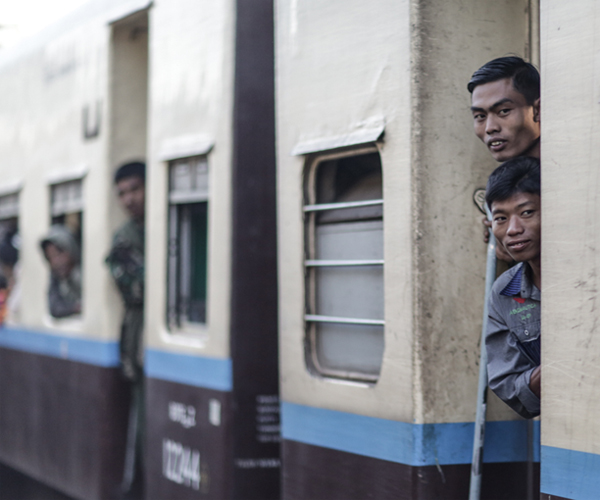
Banned and even ceremoniously pulped in the 1960s, a translated version of Orwell’s Burmese Days is now an award winning bestseller in Myanmar. Indeed, as a good travelogue will point out, Orwell correlates well to Myanmar’s recent history: Burmese Days relates directly to the ‘dirty work of Empire’ and the racism of colonial rule, Animal Farm can be thought of as a parallel to the rise of dictator Ne Win’s Burmese-style socialism, and1984 mirrors the recent totalitarianism and extreme censorship of the military juntas. The people of Myanmar have been through plenty. Currently experiencing ethnic and religious violence and a lasting military stronghold on parliament, they have many more challenges ahead of them too. Recently, I was fortunate enough to take a break from my studies and experience a week in today’s Golden Kingdom, a week in what has been labelled a ’critical year’ for Myanmar.
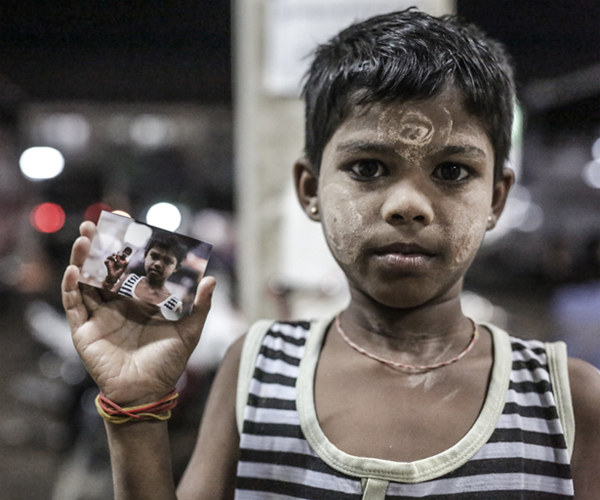
After a month of networking with photography contacts, I left with a portable photo printer and camera in-hand. I had rather naïvely planned sessions of street portraits. Ultimately, however, the contacts fell through, lingering ‘Orwellian’ bureaucracy limited the permitted access to more remote areas and a strong bout of food poisoning restricted my enthusiasm for the great outdoors. Instead, I found solace in a 10-hour train ride from Yangon to Mawlamyine.
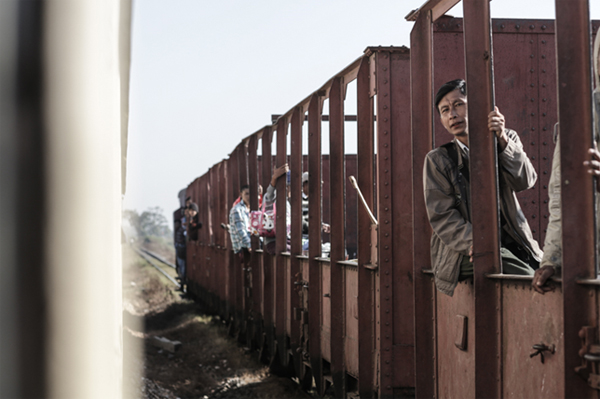
Though, in addition to Burmese heritage, Mawlamyine is the former British capital, the setting to Orwell’s ‘Shooting an Elephant’, and the only city Kipling ever visited in Burma (he’d never even been to Mandalay, the namesake of his popular poem), I wasn’t in a hurry to get there. I was still bitter about my plans being thwarted. Soon, however, the journey became much more of an experience than the destination. I found myself taken away by a train travelling at speeds no greater than twenty kilometres per hour, frequently stopping in remote villages.
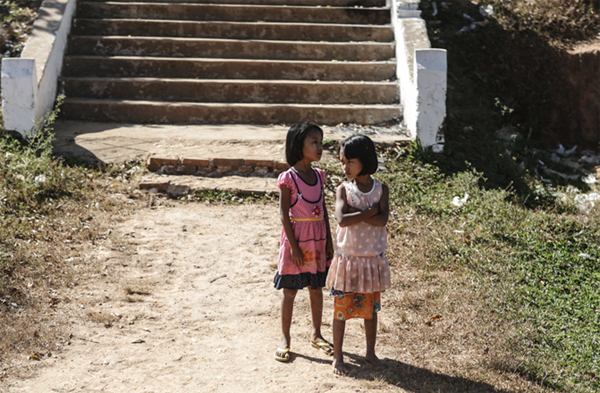
The pace was gruellingly slow with nausea induced by bouncing caused from well-worn tracks. This bumpy rhythm was punctuated only by an occasional shaking, a violent wobble as we crossed over wooden bridges that quite possibly had been built by the forced labour of POWs under the ‘Death Railway’ of the Japanese occupation. All this, however, was easily forgotten and replaced by the view from my window and conversations had with people met along the way. Myanmar Railways, I thought, is unlike that of any other railway.
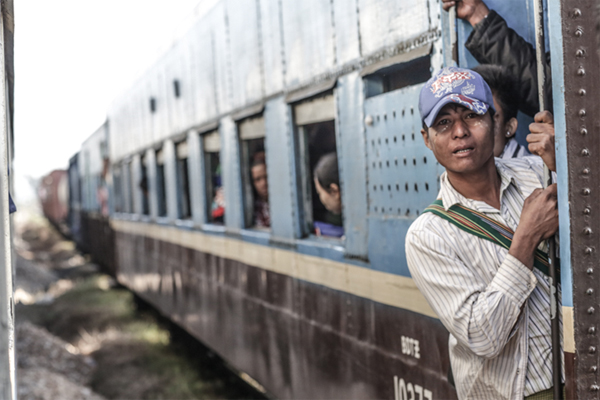
Stretching over 5,000 kilometres and still expanding, this state-owned railway network is a lifeline for rural villages. Where roads have ended or have since been washed away by monsoons, the train has become the only contact—its whistle stops farmers in rice patties and causes whole villages to take notice. These trains have become destinations in their own right, open to the elements and fluidly changing with each new wave of passengers. They have become sites for perilously dangling daredevils, candy dispensers for waving children, and even symbols of luxury and privilege that are only to be used on special occasions. Given the history of isolation this connectivity and a post-automotive reverence for the train make it more than just a commute.
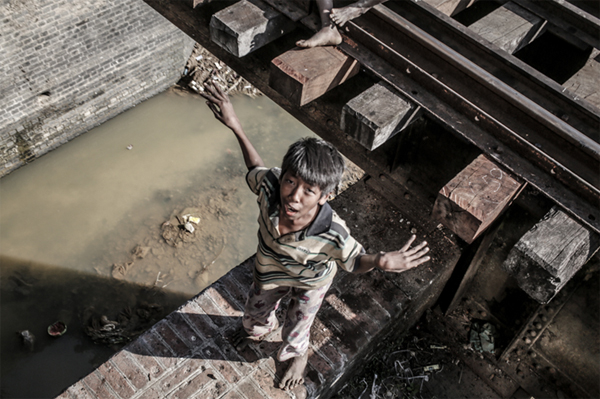
A daredevil ‘chicken dance’ on a bridge between two trains
Having returned to the efficiency of my commute in Hong Kong, I hope that the Burmese (or one of the various ethnic groups in the region) will write the next great Myanmar-centred novel. I hope that becoming a ‘tourist destination’ brings with it more than that of their colonial past. Riding the MTR to the newly unveiled HKU station, I feel heartbroken for the people I met along the way and the difficult situations that many people in Myanmar somehow manage daily. At the same time, though, I still can’t help but miss Myanmar. I can’t help but wish to be perilously perched on the railing of the last car of the last train to Yangon.
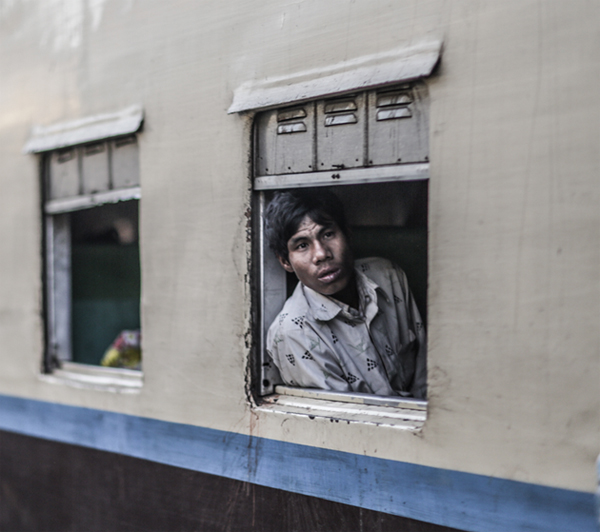

Our apologies, you must be logged in to post a comment.